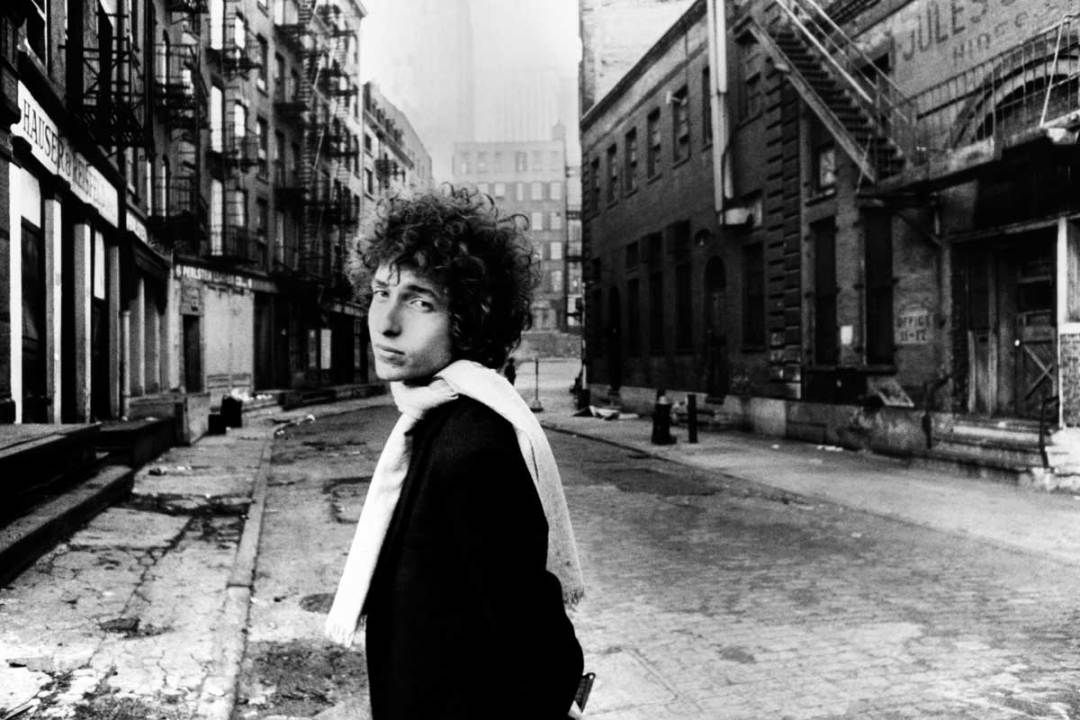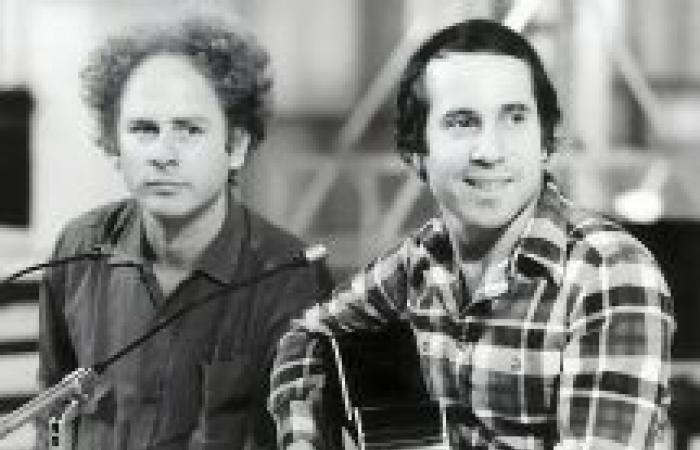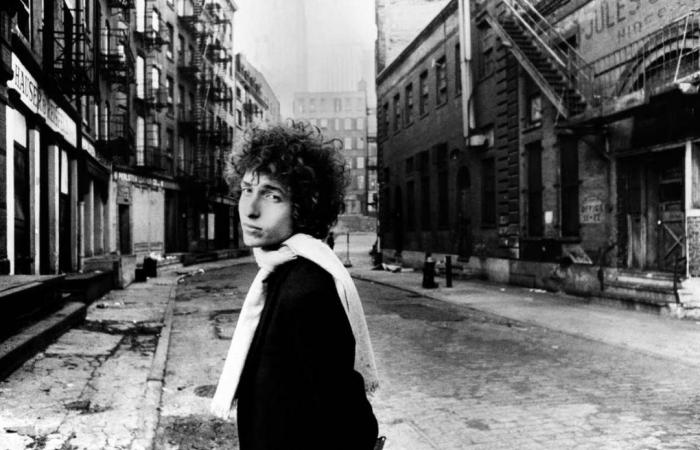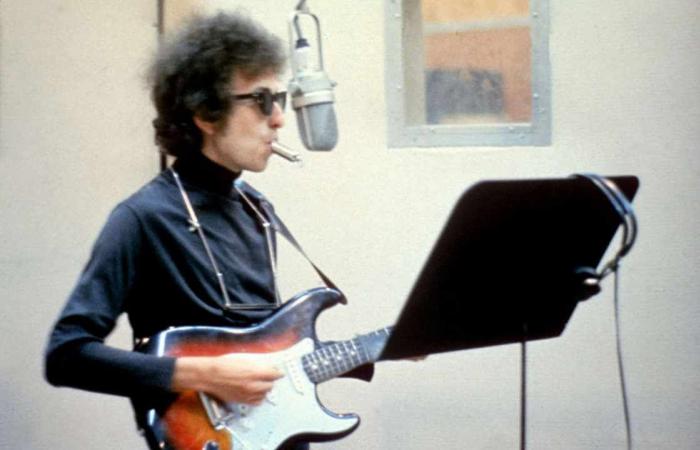Bob Dylan knew he had a gem on his hands, but there was no point, he couldn’t find his way back to the music of those lyrics that emerged from a “twenty-page vomit.” Those lyrics of such a peculiar origin were nothing less than “Like a Rolling Stone”, a song that would change everything once and forever, starting with the author himself.
It took Dylan two days and twenty takes to find the final version. On June 15, 1965, Dylan along with Tom Wilson (production), Mike Bloomfield (guitar), Paul Griffin (piano), Bobby Gregg (drums) and Joseph Macho (bass) recorded five takes in Studio A at Columbia Records in New York.
By then, Dylan had long ago decided to get away from folk and electrify his music to everyone’s surprise. In March of that year he had released Bringing It All Back Home, the first of his three electric albums and now he was going for more.
The next day, everyone returned to the studio to continue trying. Among them, there was a young musician absent the day before who would be decisive for the future of the song and, although no one knew it yet, of popular music.
Al Kooper was a session musician for Columbia Records who on June 16 was there, let’s put it that way, cool. But he would stop being so when he knew that he had the solution for that song that they couldn’t find a way around.

Although he was a guitarist, Kooper suggested to the producer that he had some keyboard chords in mind that might work for “Like a Rolling Stone.” Wilson looked at him with disdain and reminded him that he was a guitarist, not a keyboardist.
Since the history of almost everything is made up of many things, including stubbornness, Kooper took advantage of a distraction from Wilson and sat down at the Hammond keyboard and blurted out what was on his mind.
And yes, what I had in mind is nothing less than the intro of “Like a Rolling Stone”, perhaps the DNA of the song, along with Dylan’s own voice. It was the fourth shot that day. Everyone liked it, including Dylan. But, stubborn, he continued trying eleven more times. “They were all useless because they were too fast,” Kooper revealed in Rolling Stone. “There was no musical sheet, it was totally by ear. It was completely disorganized, totally punk. Only happened”.
Although there were fifteen in total, it was always the fourth take of that June 16, 1965, a six-minute and thirty-four-second piece that had Kooper improvising an organ riff that would become the song’s distinctive touch.
The history of popular music is curious – and wonderful at the same time -: most of its most transcendent songs were, at some point during their creation, very close to not existing. How close did “Like a Rolling Stone” come to not existing? As close as Al Kooper was to that Hammond organ that forever reformulated the history of rock.
In mid-1965, returning home from a grueling folk tour, Dylan was exhausted in many ways. One of them had to do with the place he was occupying in the world of music and the – for him – excessive expectations placed on his music and on his figure. To the point that he was considering leaving music to just write. Until “Like a Rolling Stone” appeared to him.

By then, Bob Dylan, who had already released five albums, was a leader in folk music and a strong voice in favor of civil rights. His decision to partially abandon acoustics to give electricity to his instruments was a risk Dylan decided to take.
“It had ten pages. It wasn’t called anything, it was just something rhythmic on paper, all about my constant hatred directed at some point that was honest. In the end, it wasn’t hate, it was telling someone something they didn’t know, telling them they were lucky,” Dylan will say about the song writing process. “Revenge, that’s a better word. He had never thought of it as a song until one day, he was at the piano, and on paper he was singing, ‘What does it feel like?’ in slow motion, in maximum slow motion following something.”
Dylan was exhausted by the direction things were taking around him, especially with his music. But “Like a Rolling Stone” changed everything. During 1965, Dylan wrote prose, poems and songs, typing incessantly in the beat style of Jack Kerouac. And that’s how he started “Like a Rolling Stone,” like a “long twenty-page vomit, from there I took Like a Rolling Stone. He had never written anything like that before and suddenly I knew that was what I had to do. Having written that he was not interested in writing a novel or a play. He already had more than enough, he wanted to compose songs.”

Starring Miss Lonely, the song had multiple readings and interpretations about who or who the revenge that Dylan himself referred to was directed at. It may have had specific and real recipients, but what made it the song it was – and still is – is its universal look at having everything and having nothing, being something for many and suddenly not being that way, and how free It can be that person stripped of everything that a society imposes or demands of them.
Or as Jann Wenner would say, in 1968, two years before founding a magazine that he named Rolling Stone: “It is a song that is about liberation, about what it means to free yourself from old complexes, from old ideas, and also from the fear, the scary part of facing all that.” At a certain point the recipient of the letter is also that Dylan from ’65.










